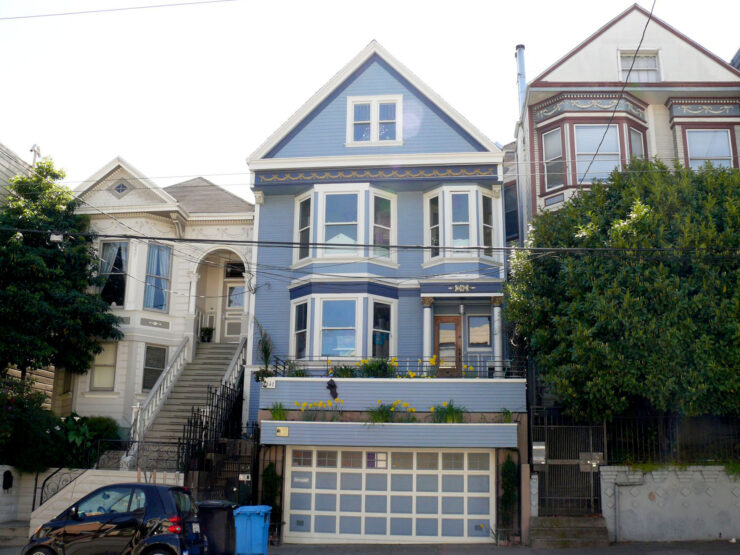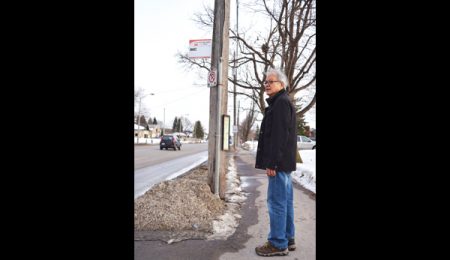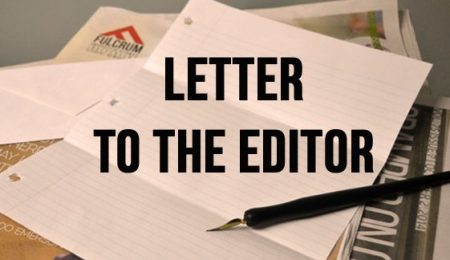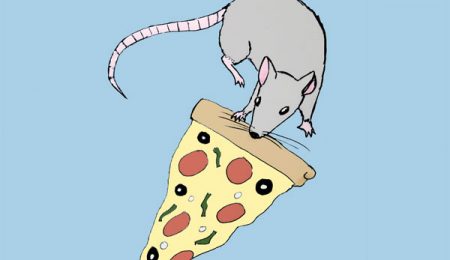How the past influences the way we travel
In San Francisco, there’s this blue house that’s backed by a hill, where you come by foot, where you don’t knock, where those who live there have thrown away the key.
At least, that’s how the famous song by Maxime Le Forestier goes, which was inspired by the time he spent in that house back in 1971. Like many fans of the song (and 60s counterculture), I decided to make the trip down to 3841 18th Street when I visited San Francisco in the summer of 2016. I took the 22 down Fillmore to the Castro, silently followed a family of French tourists—I figured they were down there for the same reason—turned the corner, and there it was, repainted in all the splendour of its original blue (it had been green for some years before the owner was implored to pay homage).
Taking a seat on the opposite curb, I queued up the song on my phone, lit a cigarette, and got ready to spend a few minutes in a time warp, transported into the San Francisco of our collective cultural memory via a synesthetic Frankenstein of Maxime’s voice, the view of the Maison bleue, the smell of summer air, the heat of the San Francisco sun on my face.
C’est une maison bleue
Adossée à la colline
On y vient à pied, on ne frappe pas
Ceux qui vivent là ont jeté la clé…
Something’s not right. For some reason, I find myself unable to really get into it. Something is breaking my immersion. I analyze my surroundings to find the culprit.
The stairs leading up to the house are barred by a locked gate. My view of it is blocked for a moment as a 2013 Honda Civic rolls down the street. Beside me, a middle-aged couple from Toulouse is taking pictures. Yet I feel that there is something at play deeper than these various anachronisms.
Suddenly, I realized that the problem was me. My perception of the inconsistencies; my awareness of 3841 18th Street as “Maxime Le Forestier’s Maison bleue”; my retrospective and impersonal understanding of the time period I wished to recreate; this was the root of my inability to insert myself authentically into that experience, that unique atmosphere of the Summer of Love. Perturbed by this realization, I got up and found Ashbury Street, walking north until it intersected with Haight. I now stood at the apex of the hippies’ Jerusalem, Hunter S. Thompson’s high-water mark. But it sure as hell didn’t feel like it.
Every year, around twenty tourists succumb to Paris Syndrome: a mental disorder characterized by anxiety, depersonalization, and hallucinations, brought on when the Paris of their imagination is confronted with its reality over the course of their visit. An extreme reaction, perhaps—but I think that what I experienced in San Francisco, which was an experience I imagine to be at least somewhat common among others who visit these sorts of cities, was a mild case of Paris Syndrome.
The cultural heritage sites of the modern age—San Francisco, Paris, London, New York, Dublin, Liverpool—become frozen in time, their appeal drawing largely if not entirely from the contributions of dead or dying artists. To put it another way, if you’re going to San Francisco, be sure to wear flowers in your hair at Scott McKenzie’s behest, but more importantly, be sure to wear rose-coloured glasses, as well.
My obsession with that spatiotemporal moment of history is not idiosyncratic. Our generation has spearheaded a massive period of retromania: vinyl, Polaroid cameras, vintage filters, and retro fashion are the centrepieces of our aesthetic sensibility. Why this hiding from the present? Why this nostalgia for a past we ourselves never experienced? I think that the answer is a difficult one, in part because this dichotomy between present and past is not as clean-cut as it might seem.
Did I actually visit San Francisco in the summer of 2016? I’m not too sure if I did. The way I see it, what I visited was a sort of strange pastiche, existing in a temporal limbo, generated by the physical reality of San Francisco in 2016 being mediated through projections of mine which haven’t corresponded to reality since The Graduate first hit theatres (if they’ve ever even corresponded to reality at all). The result was an Expressionist landscape of San Francisco which properly belonged to neither the past, nor the present—it was, if you will, a sort of spectral entity. To put it another way, San Francisco (1967) haunted my experience of San Francisco (2016) to create something which couldn’t be categorized into our neat divisions of past, present, and future. But is this not the category in which most travel experiences find themselves today? It’s not possible to visit a Paris unhaunted by the Lost Generation and the Trente Glorieuses, an Eastern Europe unhaunted by the legacy of Communism, or a New York unhaunted by Frank Sinatra, JD Salinger, the Mafia, and Woody Allen, among others.
French philosopher Jacques Derrida designated the study of such neither-present-nor-absent entities as “hauntology”. I’ll spare the reader of the technical details of such jargon, but I think it’s useful to have this word to designate a lens which, to me, seems critical for analyzing these sorts of phenomena.
Cultural critic Mark Fisher identified the nature of this haunting as a pining for “lost futures”, that is, futurisms promised by the time periods we look back on with nostalgia which had never been delivered to us. San Francisco in 1967 promised us a brave new world of peace, love, and a deeper connection between ourselves, others, and the world. Instead, we got Iraq, Trump, and mass consumer culture. In this cynical, ironic, postmodern time, is there anything more out of place than Kerouac’s vision in The Dharma Bums of “a great rucksack revolution, thousands or even millions of young Americans wandering around with rucksacks, going up to mountains to pray, making children laugh and old men glad, making young girls happy and old girls happier”?
How does all of this tie in with travel? Perhaps it doesn’t, in the highly generalized meaning of the word. But I believe that, consciously or not, these hauntological elements play into all of our travel experiences, and that they also constitute the essence of relatively benign cases of Paris Syndrome such as the one I experienced at the Maison bleue. They are the result, I think, of a rift between our perception of ourselves as traveling “authentically” being rudely confronted with the counterfeit nature of our nostalgic daydreaming. (The sense in which I mean “us” here is, of course, those readers who in some way identify with the sentiment I am describing.)
There is, then, a sense in which any forlorn attempt to place oneself directly into the past is an act of inauthenticity, and yet we aren’t able to escape the past—there is, in effect, no such thing as “living in the present” in the way most people speak of it, as some sort of clean-cut delineation from past and future. What I’m searching for is a philosophy of travel which enables the traveler to experience their travels authentically, in such a way as to be conducive to one’s own personal development, whatever that might mean.
I’m afraid that if the reader has gotten this far in the piece expecting to have me impart some definitive answer by the end of it, then they are sadly mistaken. I myself am honestly still not sure how to reconcile this hauntological age with its lost futures. At this stage, I’m only capable of sketching the problem.
For those of us concerned with culture and the arts, however, I advance that this is the question of our time, and the malaise we feel when thinking about these things will never be lifted until we answer it in a satisfying way. So perhaps the next time you find yourself sitting at a sidewalk café in Paris, drinking a café au lait and smoking a Gauloise as you scribble fragments in your notebook, you can meditate on these topics as you people-watch the crowd which, in all its modern banality, keeps foiling your attempts to plant yourself in a Truffaut film.





